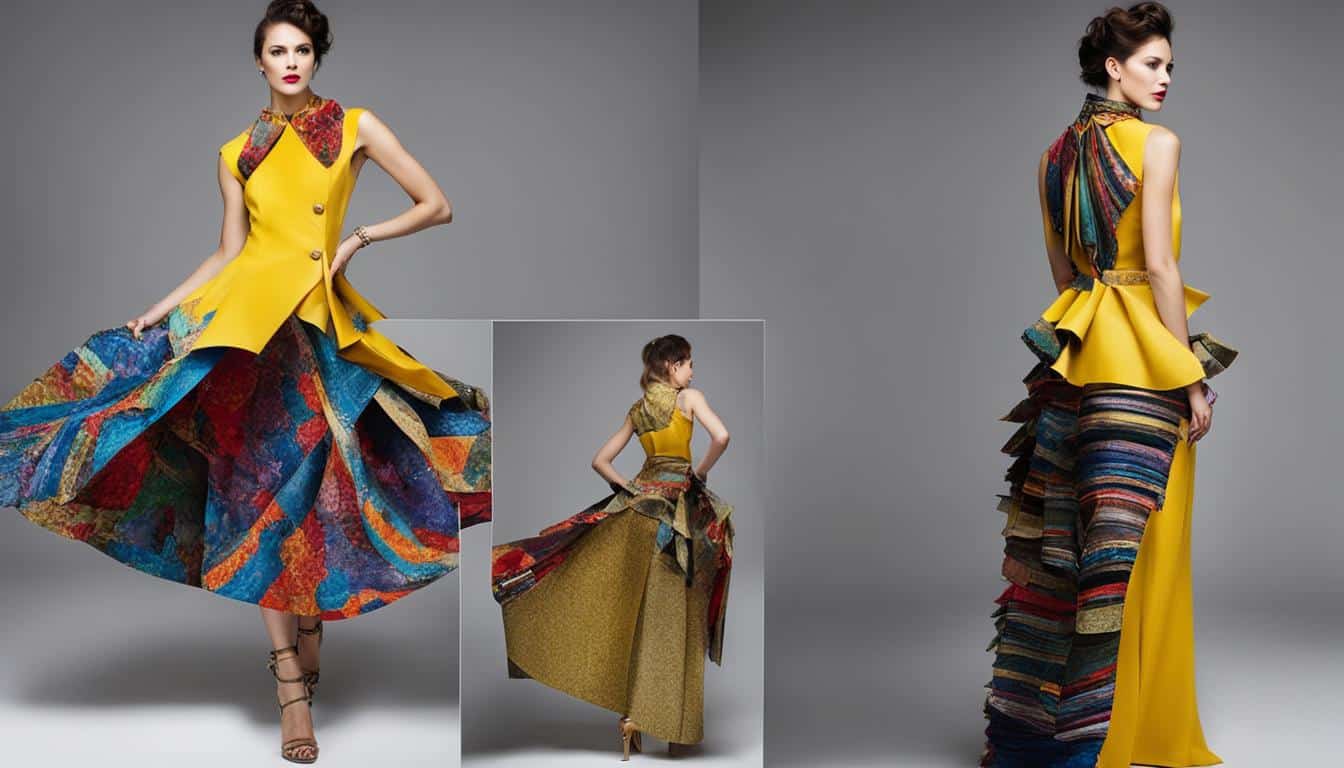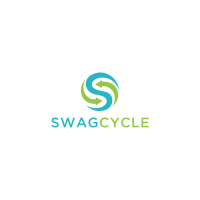The Biggest Sustainable Fashion Trend to Look Out for in 2024

With the rise of climate change awareness and increasing pressure to reduce our carbon footprint, sustainable fashion has become more than just a trend – it’s a movement. Although sustainable fashion has been around for some time, it’s only gotten more necessary as our planet’s natural resources have become depleted. Today, we’ll delve into what we think will be the biggest sustainable fashion trends 2024, so buckle up and join us on this fascinating ride.
- More Sustainable Fabrics
In 2024, expect to see the use of more sustainable materials, such as organic, recycled, and natural fabrics, that have a less negative environmental impact than traditional materials. Recently, many consumers have become more conscious of the toxic materials used in garments, so there’s been a shift in demand towards more ethical and environmentally-friendly materials. Hemp, bamboo, linen and organic cotton are fabrics that are commonly used in sustainable fashion. Their popularity has been slowly increasing over the years, but we expect more people to switch to these materials when making their fashion purchases. - Circular Economy
The circular economy is an economic system that’s regenerative and aims to rely on renewable resources for production and consumption. This means that, in 2024, we can expect to see more “closed-looped” fashion systems where clothes are either recycled or upcycled, rather than being tossed. There are many sustainable fashion brands who already have been making a move toward circularity, such as Everlane, Patagonia, and Reformation. As we become more aware of the need to shift towards a circular economy, we can expect more brands to adopt processes that are environmentally sustainable. - Mindful Consumption and Minimalism
Fast fashion has always been a crucial part of the clothing industry, but things are changing. People are beginning to grasp the damage that the industry does to the environment, and as a result, we see more people adopting minimalism, mindful consumption, and sustainable lifestyles. In 2024, you can look forward to a fashion industry that emphasizes durable and long-lasting pieces over fast fashion trends. High quality clothes are not only more sustainable for the environment but also serve consumers more efficiently by providing enduring use. - Renting Fashion
Rental fashion is another concept that’s gaining traction in the sustainable fashion world. In 2024, more rental fashion services will be available. Consumers will be able to rent the exact garment they desire for a duration and then return it. This business model helps to reduce waste and prevent the overproduction of garments that end up in landfills. To put it simply, this business model is about giving the customer access to luxury and exclusivity without the carbon footprint of the fashion industry. Companies like Hurr, Rent the Runway , and Le Tote are already making waves in this area. - Use of Technology
Technology is becoming increasingly important in sustainable fashion. With new methods like 3D printing, clothes production can be more customizable, so there’s no need for overstock. It helps to reduce waste and improve supply chain management. With these new technologies, we can expect an increased flexibility of designers to create individualistic pieces on demand. Virtual reality shopping is another trend that is set to continue into 2024 – imagine being able to try on clothes and have a fitting session in a virtual world.
Conclusion:
Sustainable fashion is becoming more popular and fashionable. In 2024, there will be an increased awareness of sustainability that looks beyond fast fashion trends, which will lead people to make more conscious purchasing decisions. We’re excited to see the worldwide fashion industry transitioning into a greener and more sustainable future, using a wider range of materials, following the circular economy, promoting mindful consumption and minimalism, and offering rental options. With technology advancements, we expect that the industry will be able to innovate and change in new ways, creating clothes that put sustainability at the core of the design process.

